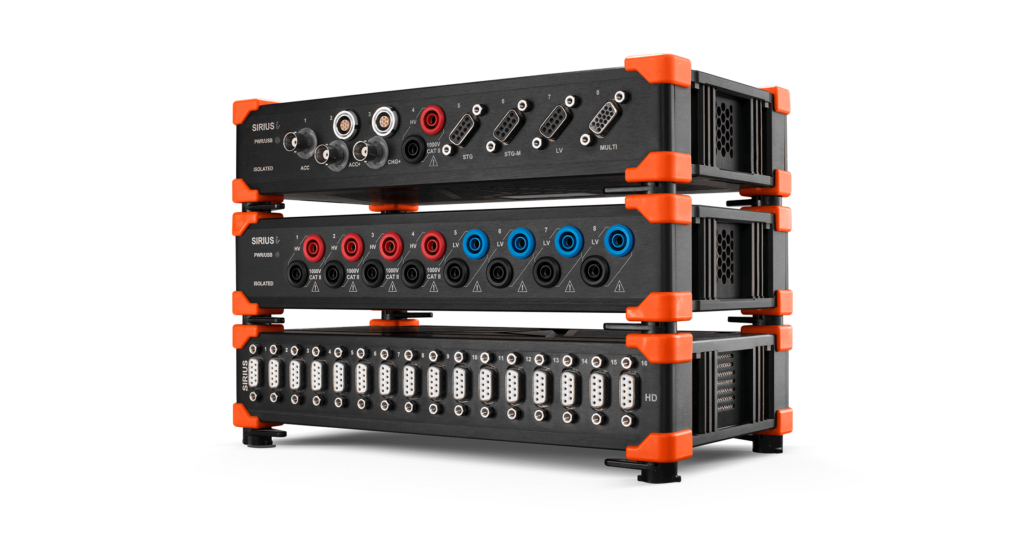When engineers design underwater thrusters or electric propulsion systems, testing often shows problems not seen during regular bench runs. On the surface, everything looks perfect. Motors spin, controllers respond, current draw appears steady, and the system seems ready for deployment.
But what the eye sees is only half the story.
Beneath the smooth hum of a thruster lies a world of fast-switching electronics. In addition, fluctuating loads and electrical behaviour that changes the moment the system is placed under real marine conditions. Without the right tools to see this hidden behaviour, even the best-designed propulsion system can have problems. You may not notice these issues until it’s too late.
This is where high-speed data acquisition becomes essential — especially for underwater vehicles that must remain reliable, efficient and predictable.
What You See Isn’t What the System Is Actually Doing
Most thruster issues don’t announce themselves loudly. They appear as:
- Brief voltage dips
- Unexpected current spikes
- PWM ripple at specific load points
- Controller instability when the motor accelerates
- Harmonics caused by switching electronics
- Temperature rise masked during short bench runs
These events often occur in milliseconds.
A standard multimeter or low-speed logger will never catch them.
But a fast DAQ system will. Companies that make ROVs, AUVs, and electric propellers use tools to understand their performance. One such tool is Dewesoft SIRIUS.
Why High-Speed DAQ Is Essential for Underwater Thruster Testing
One of the most common turning points in propulsion testing happens during the first full-power run:
- The motor is spinning freely
- Duty cycle increases
- Load rises
- And suddenly the electrical system behaves differently
Voltage ripple appears where it wasn’t before.
The DC/DC converter warms up faster than expected.
PWM switching edges start showing noise.
A current spike happens only at one specific duty cycle.
From the outside, the thruster may still look like it’s running smoothly.
But electrically, the system is telling a very different story — one that only high-speed, synchronised measurement can reveal.
Why Thruster Systems Are So Sensitive
Underwater thrusters combine three high-demand components:
1. Power electronics
Motor drivers, ESCs, converters — all switching thousands of times per second.
2. Motors under fluctuating load
Water isn’t a consistent medium. The load changes instantly with flow and direction.
3. Control signals (usually PWM)
The “instructions” to the motor must remain clean and stable to ensure predictable thrust.
Even small electrical anomalies in any of these can cascade into:
- Reduced thrust
- Shorter mission duration
- Unplanned shutdowns
- Overheating components
- Lost efficiency
- Accelerated wear
In Defence, research, and long-duration underwater missions — this is unacceptable.
What High-Speed DAQ Reveals That Nothing Else Can
Data acquisition systems like Dewesoft SIRIUS, supplied locally by Metromatics, can capture:
- PWM switching waveforms
- Voltage and current transients
- Controller timing behaviours
- Power supply instability
- Harmonic content and noise
- Multi-voltage domain interactions
- Real-time load response
And it does all this synchronously across multiple channels with high isolation — so engineers see the complete picture, not isolated fragments.
This level of insight turns guesswork into engineering clarity.
Why This Matters for Australian Marine, Defence and Robotics Teams
Australia’s marine technology sector is growing. It includes university robotics teams, Defence maritime programs, and underwater inspection. This sector relies a lot on electric thrusters, pumps, actuators, and propulsion systems.
Whether you’re working on:
- ROVs or AUVs
- Unmanned defence platforms
- Swarm robotics
- Marine research vehicles
- Underwater survey equipment
- Electric propulsion drives
- Thruster controller test benches
You need to know not just how your thruster performs… but why it behaves the way it does.
High-speed measurement makes that possible.
Turning Hidden Data Into Better Engineering Decisions
When engineers can see the full electrical behaviour of their system, they gain the ability to:
- Validate custom electronics
- Optimise controller behaviour
- Improve efficiency and thrust response
- Detect problems before ocean deployment
- Extend component lifespan
- Enhance mission reliability
- Make data-driven design improvements
The end result?
A safer, more predictable, more efficient underwater propulsion system.
Metromatics Supports Testing Teams Across Australia and New Zealand
As the authorised distributor for Dewesoft, Metromatics helps engineering teams:
- Select the right DAQ hardware
- Configure systems for PWM, current and voltage capture
- Integrate multi-domain measurement setups
- Analyse waveform data
- Support marine, defence and research testing environments
If you’re developing underwater thrusters, propulsion systems, or any PWM-controlled electrical system, we can help you uncover the data you can’t afford to miss.
Talk to Our Team
Want to discuss underwater thruster testing requirements or explore how Dewesoft can support your next project?
Contact Metromatics today.
We’re here to help you measure what really matters.
Further reading
To explore an international case study on this topic, Dewesoft has published a detailed blog on underwater thruster PWM testing.
